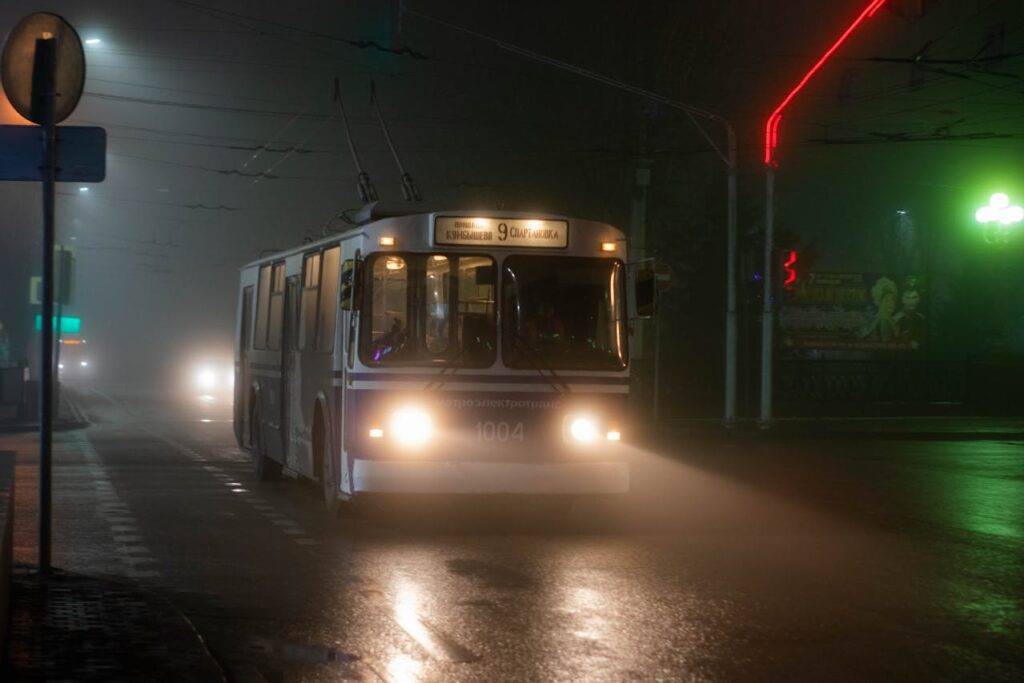If you are a commercial PCV driver and your driver’s licence was gained after September 10, 2008, you must have finished Modules 1, 2, 3, and 4. In order to complete this process, you must pass three theory tests, pass two driving tests, apply for a provisional Cat D licence and undertake a medical examination. You would have also received Driver CPC for minibuses, buses, and coaches as a result of this.
Now, to obtain an HGV entitlement, you follow the same procedure as to obtain a PCV licence. This entails passing a medical exam, submitting an application for a provisional licence, finishing theory exams, gaining a Driver CPC and going through practical testing. It takes about eight weeks to get from HGV to PSV, or the other way around. The PCV licence cost varies from driving agency to agency.
There are two primary categories for PCV (Passenger Carrying Vehicle) licences: D1 and Cat D. You are not permitted to operate a passenger vehicle with more than 16 seats if your licence is restricted to D1. However, you can operate any passenger car with any number of seats—including ones with more than 16—if you have a Cat D licence.
PCV & HGV: Different Types of Licences
D1 and D licence categories are for PCV, while C1, C and C+E licence categories are for HGV.
PCV Licence Categories Are:
D1 Licence Category: Regardless of the vehicle’s weight, this category comprises passenger-carrying vehicles with more than eight but fewer than sixteen seats.
D Licence Category: Vehicles with more than 16 passenger seats fall under this category.
HGV Licence Categories Are:
C1 Licence Category: Trucks carrying goods whose Maximum Authorised Mass (MAM) is more than 3.5 tonnes but less than 7.5 tonnes.
C Licence Category: Vehicles for goods whose MAM is more than 3.5 tonnes but not more than 32 tonnes.
C+E Licence Category: 7.5-ton trucks pulling a trailer weighing more than 750 kg.
Importance of CPC Card
Driver CPC is required if you are paid to drive any kind of vehicle, including minibuses, buses, coaches, or HGVs. All professional D1, D1E, DE, C1, C1E, C, and CE licence holders are subject to Driver CPC.
Trucks and buses have different requirements for the Driver CPC certification. On the other hand, you would only need to finish one set of 35 hours to cover all disciplines if you are eligible for both HGV and bus.
Frequently Asked Questions
Can I Drive a Lorry with a PCV Licence?
No, you cannot drive a truck with a PCV (Passenger Carrying Vehicle) licence. You can only drive passenger cars with a maximum of eight seats.
Are HGV and PCV Licences the Same Thing?
No, your driver’s licence has separate categories for PCV and HGV licences. Each category requires passing distinct theory and practical exams.
Can I Upgrade my PCV Licence to an HGV Licence in One Step?
No, there are several procedures involved in upgrading from PCV to HGV, including completing several theory and practical tests, receiving Driver CPC, receiving a medical examination, and receiving provisional entitlement.
Does my PCV CPC Cover HGV Driving?
It is dependent upon a number of things, such as completing particular driving exams by deadlines. Verify that you have both PCV and HGV coverage by looking at the back of your Driver CPC card.
Is it Possible to Obtain an HGV Licence After Receiving a Car Licence?
It is feasible to obtain an HGV Class 2 or Class 1 licence without first obtaining a vehicle licence. If you match the qualifications, you can even move directly to Class 1 and bypass Cat C (Class 2).
Also Read: Limo Service Vehicle in Illinois, USA
